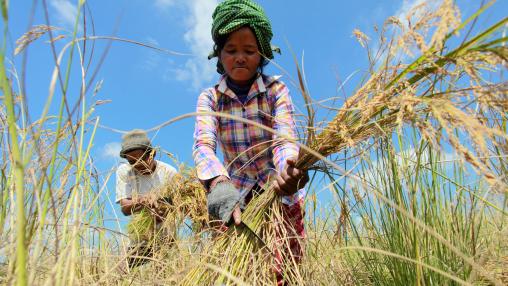
Do ultra-poor graduation programs build resilience against droughts? Evidence from rural Ethiopia
A growing body of evidence now suggests that global warming increases the risk of extreme weather events such as droughts, floods, and tropical cyclones (Seneviratne et al. 2021), and these shocks often force poor households to consume less or sell valuable assets, worsening their food security and increasing their vulnerability to chronic poverty. These effects can be particularly salient for women, who often have less resources than male family members even within poor households (Fruttero et al. 2023, van Daalen et al.
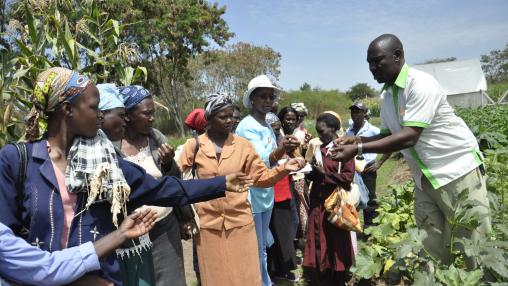
Packaging Climate-Smart Agricultural Practices to Increase Farmer Adoption: Evidence from Nigeria
Extreme weather events and the long-term impacts of climate change pose a major risk for Africa south of the Sahara, threatening agricultural production and economic growth and hindering efforts to reduce poverty and food insecurity. Climate-smart agricultural practices (CSAPs) can help farmers better adapt to and mitigate these risks; however, the adoption of such practices in the region remains low.
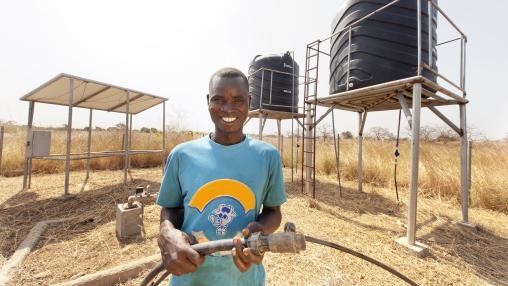
Africa's Food Systems on Cusp of Transformation: 2023 ATOR Released
As 2025 – the deadline for the Malabo Declaration commitments – approaches, African policymakers are taking stock of the region’s progress toward the Comprehensive Africa Agriculture Development Programme (CAADP) framework for agriculture-led growth and development and determining what CAADP implementation will look like post-Malabo. The 2023 ReSAKSS Annual Trends and Outlook Report (ATOR) examines these questions, with a particular emphasis on the future of Africa’s food systems.
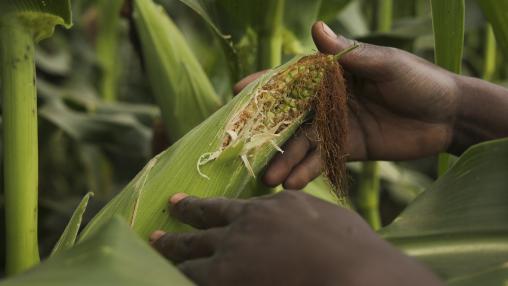
Hunger in Malawi: The El Niño Effect
The El Niño phenomenon, occurring on average ever 2-7 years, often causes reduced precipitation and drier-than-average weather in Malawi. These conditions in return result in poor agricultural conditions and reduced harvests. A new project paper from the Malawi Strategy Support Program examines the extent of El Niño’s effects on agriculture and identifies pathways to mitigate the subsequent impacts on hunger levels in the country.
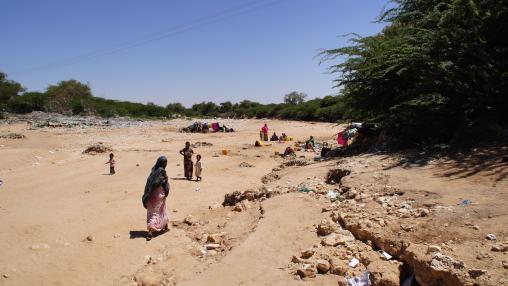
Climate Shocks Worsen Food Insecurity in Sudan, South Somalia
Extreme weather events are driving alarming rates of hunger and malnutrition in South Sudan and Somalia, according to a new series of reports from the World Food Programme (WFP). These trends are expected to continue into 2024.
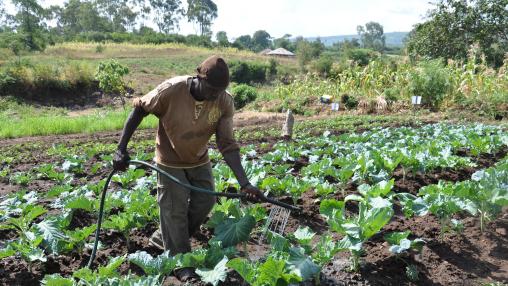
Climate Risk to Resilience: Financing adaptation in African countries
A caricature of the situation in climate finance, particularly regarding Africa, is a classic vicious circle: Climate finance is not flowing because of the lack of bankable investment plans; the lack of investment plans is due to a lack of faith that climate finance will flow.
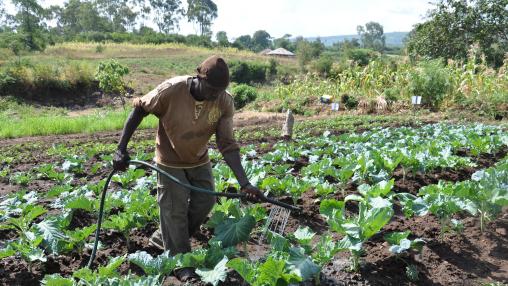
Climate Risk to Resilience: Financing adaptation in African countries
A caricature of the situation in climate finance, particularly regarding Africa, is a classic vicious circle: Climate finance is not flowing because of the lack of bankable investment plans; the lack of investment plans is due to a lack of faith that climate finance will flow.
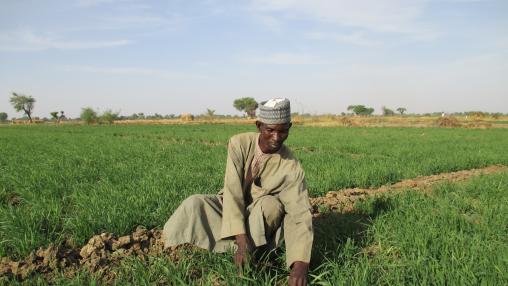
Adapting to a Changing Climate: Adaptation Strategies in Nigeria
An estimated 23 percent of Nigeria’s GDP comes from agriculture, and as many as 70 percent of the nation’s labor force engages in the agricultural sector. At the same time, approximately 40 percent of Nigerians face poverty and food insecurity, driven in part by low agricultural productivity and low levels of technology adoption. With climate shocks expected to become more frequent and extreme, these smallholder households will be even more vulnerable to reduced agricultural productivity, loss of incomes and livelihoods, and food and nutrition insecurity.
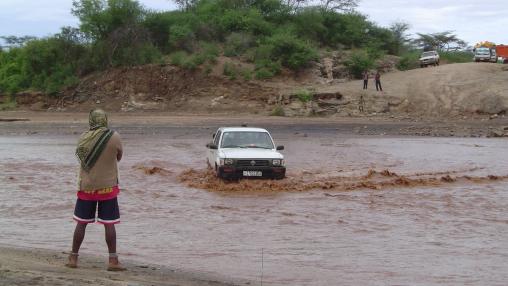
How Much Is Lost When Disaster Strikes? New FAO Report Looks at Impact on Agricultural Production, Food Security
Nearly US$ 4 trillion: That is the amount of global crop and livestock production the FAO estimates has been lost over the past three decades due to disaster events. According to the new report, “The impact of disasters on agriculture and food security,” this equates to an average loss of US$123 billion per year and as much as 5 percent of annual global agricultural GDP.
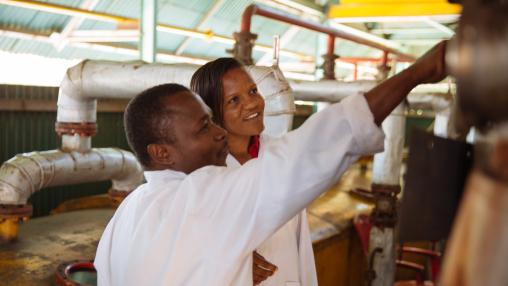
Food System Transformation Will Take Strong Coordination and Political Will, Says 2023 Africa Agriculture Status Report
Food systems in Africa have the potential to drive dramatic economic, food security, and environmental transformation in the coming decades, according to the 2023 Africa Agriculture Status Report (AASR). Realizing this potential, however, will require significant political will and investment, from both the public and the private sectors, in infrastructure, open trade, research and development, technological innovation, and enhanced education and opportunities for Africa’s rapidly expanding young population.